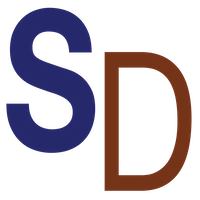Neuromuscular junctions (NMJs) are evolutionarily ancient, specialized contacts between neurons and muscles. They experience lifelong strain, yet the mechanism preserving their integrity under mechanical load remains unclear. Here, we identify a novel actomyosin structure at Drosophila larval NMJs, consisting of a long-lived, low-turnover presynaptic actin core that colocalizes with nonmuscle myosin II (NMII) and becomes disorganized upon manipulating neuronal NMII levels or activity. Intriguingly, neuronal NMII depletion altered postsynaptic NMII levels and organization near synapses, suggesting transsynaptic propagation of actomyosin rearrangements. Under these conditions, integrin adhesion receptors were reduced on both sides of the synapse, indicating disrupted neuron–muscle connections. Notably, axon severing mimics these effects, while axonal stretching reorganizes integrins without disrupting the actin core, suggesting that presynaptic actomyosin and integrin organization are highly sensitive to mechanical cues and dynamically adjust to both loss and gain of tension. Our study reveals a presynaptic actomyosin assembly that maintains mechanical continuity between neurons and muscle, potentially enabling mechanotransduction at the NMJ through integrin-mediated adhesion.






No Comments
Leave a comment Cancel